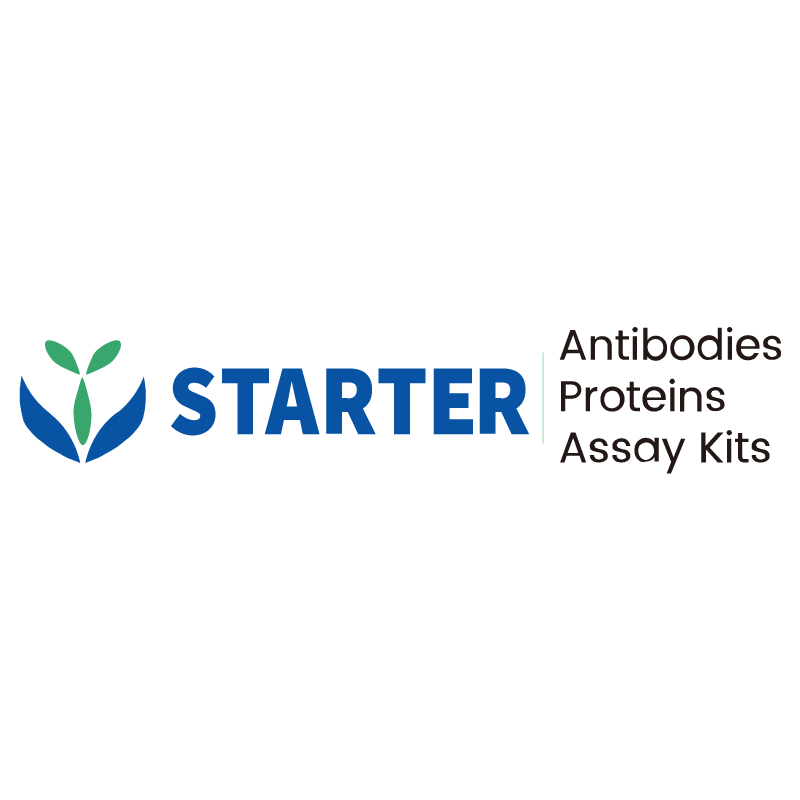Flow cytometric analysis of Human CD325 expression on A172 cells. Cells from the A172 (Human brain glioblastoma, Right) or MCF7 (Human breast adenocarcinoma epithelial cell, Left) was stained with either Alexa Fluor® 647 Mouse IgG1, κ Isotype Control (Black line histogram) or SDT Alexa Fluor® 647 Mouse Anti-Human CD325 Antibody (Red line histogram) at 5 μl/test, cells without incubation with primary antibody and secondary antibody (Blue line histogram) was used as unlabelled control. Flow cytometry and data analysis were performed using BD FACSymphony™ A1 and FlowJo™ software.
Product Details
Product Details
Product Specification
| Host | Mouse |
| Antigen | CD325 |
| Synonyms | Cadherin-2; CDw325; Neural cadherin (N-cadherin); CDHN; NCAD; CDH2 |
| Location | Cell membrane |
| Accession | P19022 |
| Clone Number | S-2882 |
| Antibody Type | Mouse mAb |
| Isotype | IgG1,k |
| Application | FCM |
| Reactivity | Hu |
| Positive Sample | A172 |
| Purification | Protein G |
| Concentration | 0.2 mg/ml |
| Conjugation | Alexa Fluor® 647 |
| Physical Appearance | Liquid |
| Storage Buffer | PBS, 1% BSA, 0.3% Proclin 300 |
| Stability & Storage | 12 months from date of receipt / reconstitution, 2 to 8 °C as supplied |
Dilution
| application | dilution | species |
| FCM | 5μl per million cells in 100μl volume | Hu |
Background
CD325, also known as N-cadherin or cadherin-2, is a 130–140 kDa type I transmembrane glycoprotein belonging to the cadherin superfamily. It is a calcium-dependent cell-cell adhesion molecule that plays a crucial role in maintaining tissue architecture and regulating morphogenetic movements during development. The protein consists of five extracellular cadherin repeats, a transmembrane region, and a highly conserved cytoplasmic tail. The extracellular domains mediate homophilic interactions between adjacent cells, while the cytoplasmic tail interacts with catenin proteins, which link the cadherin complex to the actin cytoskeleton. CD325 is expressed in various tissues, including neurons, cardiac muscle, and some cancer cells, and is involved in processes such as neural development, cardiac function, and cancer metastasis.
Picture
Picture
FC


